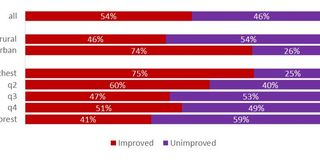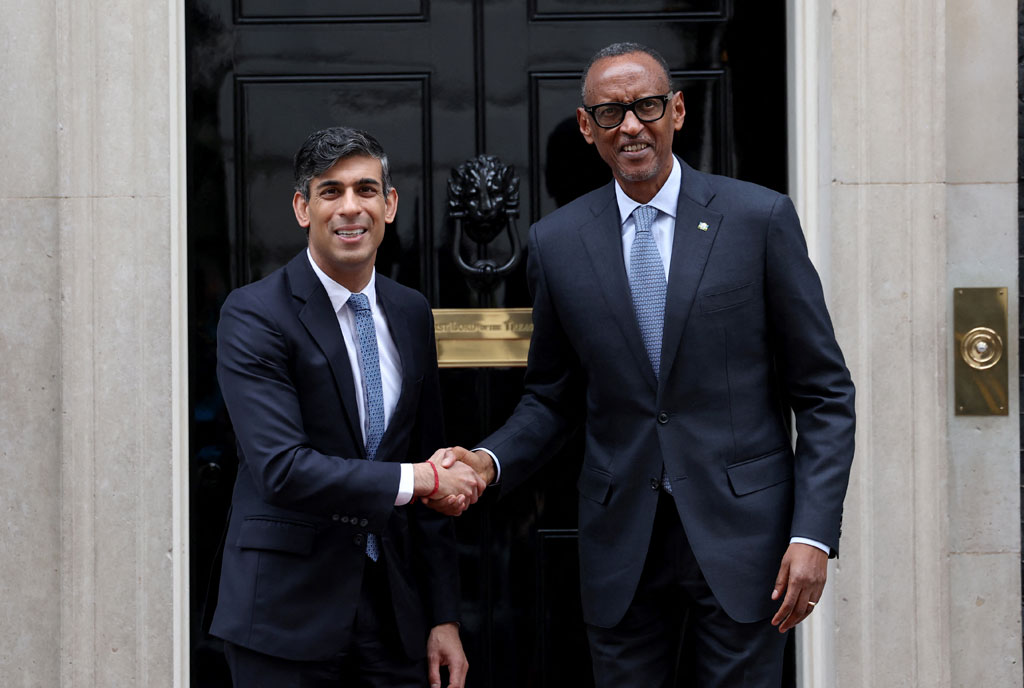Access to water rate remain stagnant for a decade

What you need to know:
Releasing the outcome of the survey in Dar es Salaam today, Twaweza noted however that generally, half of citizens (54 percent) have access to an improved water source, 46 percent in rural areas and 74 percent in urban areas
Dar es Salaam. Access to water especially in rural areas has remained largely stagnant over the past ten years, a survey conducted by Twaweza has established.
Releasing the outcome of the survey in Dar es Salaam today, Twaweza noted however that generally, half of citizens (54 percent) have access to an improved water source, 46 percent in rural areas and 74 percent in urban areas
“It appears there have not been large changes in the level of access to water, particularly in rural areas, over the past ten years. Although there are multiple datasets to compare, only two – which are strongly related – show a consistent improvement in recent years,” says a statement by Twaweza.
Through its Sauti za Wananchi survey, Twaweza was able to establish that access to water in rural areas was 55 percent in 2014 while the current survey shows that the access has decreasing slightly to 46 percent last year.
The National Bureau of Statistics shows water access varying between 40 and 50 percent over the ten years with nine out of ten surveys showing data within this range as well.
For the same period, the Ministry of Water has reported higher access, at between 50 and 60 percent while figures for Big Results Now report, indicates a rapid increase in access from 40 percent in 2013 to 67 percent in 2015.
These findings have been released by Twaweza in a research brief titled ‘Clean and Safe? Water, sanitation and hygiene.’
The brief is based on data from Sauti za Wananchi, Africa’s first nationally representative high-frequency mobile phone survey.



